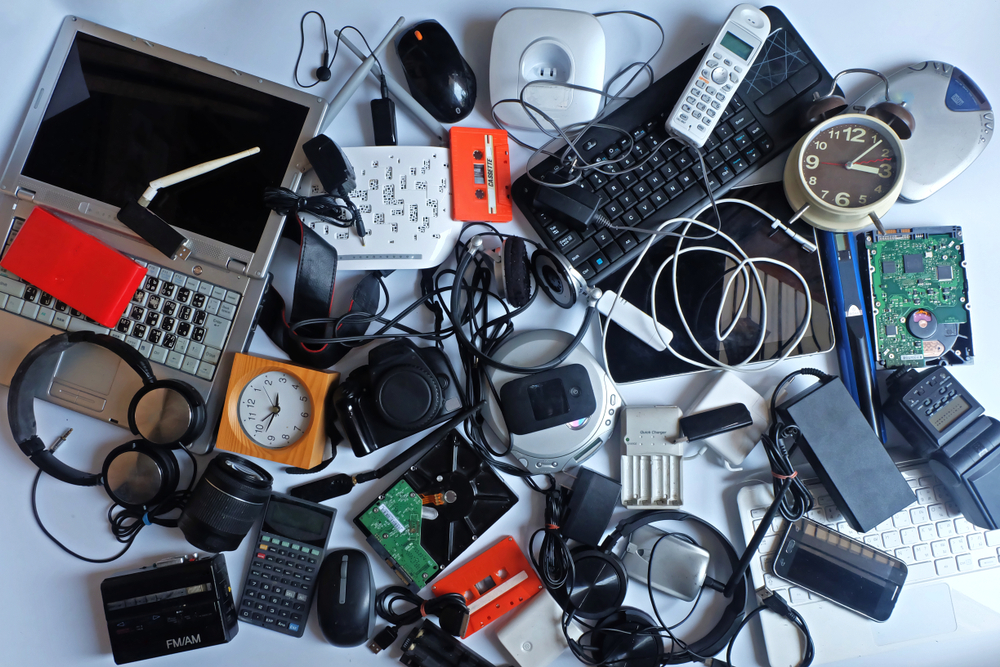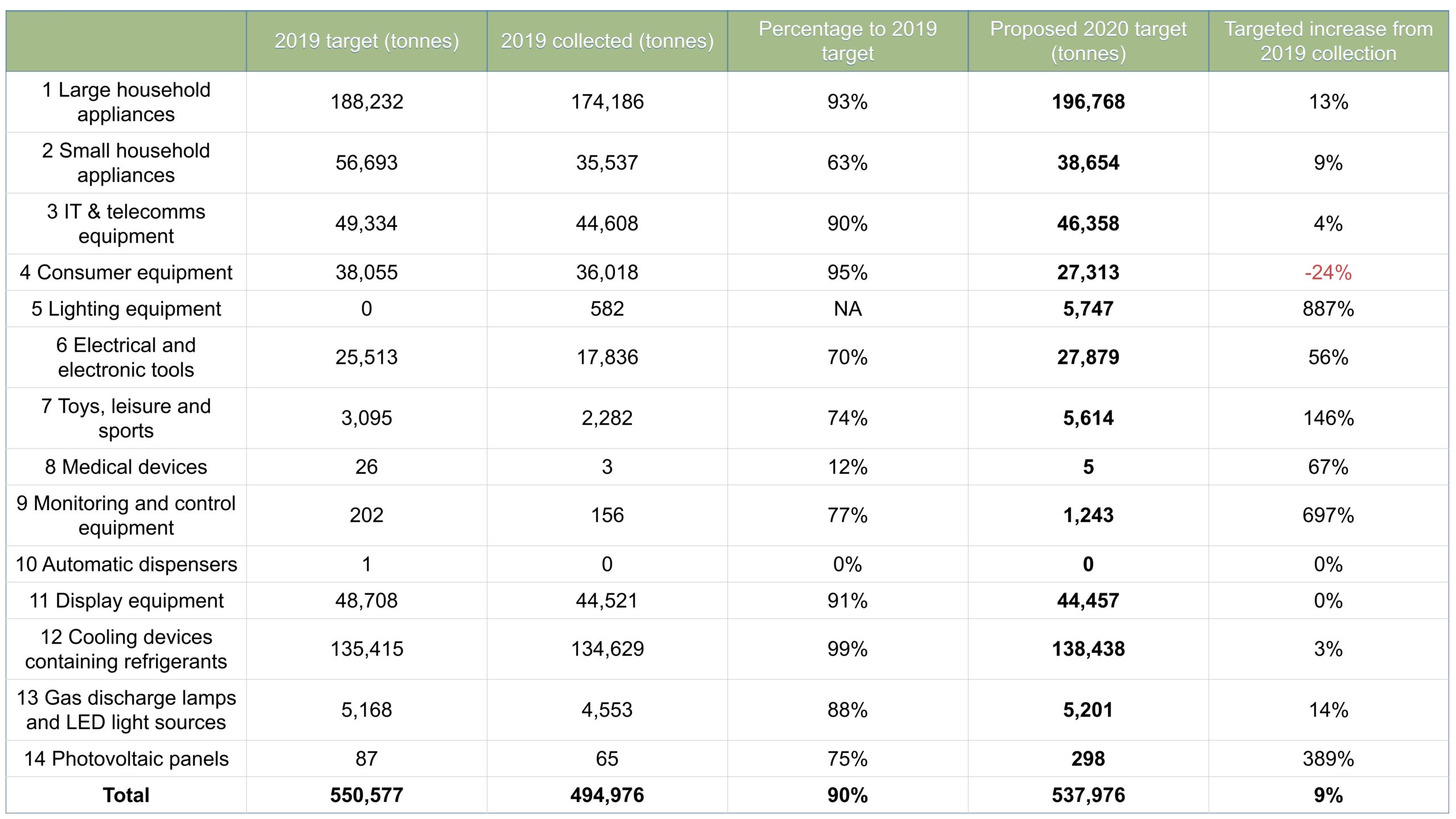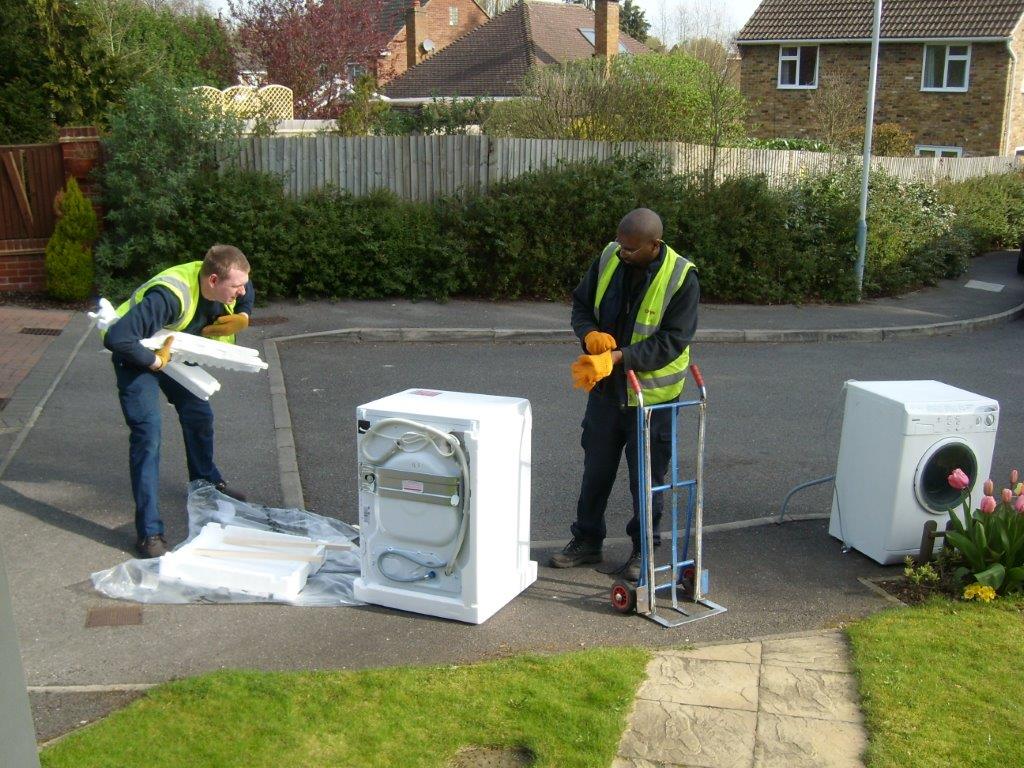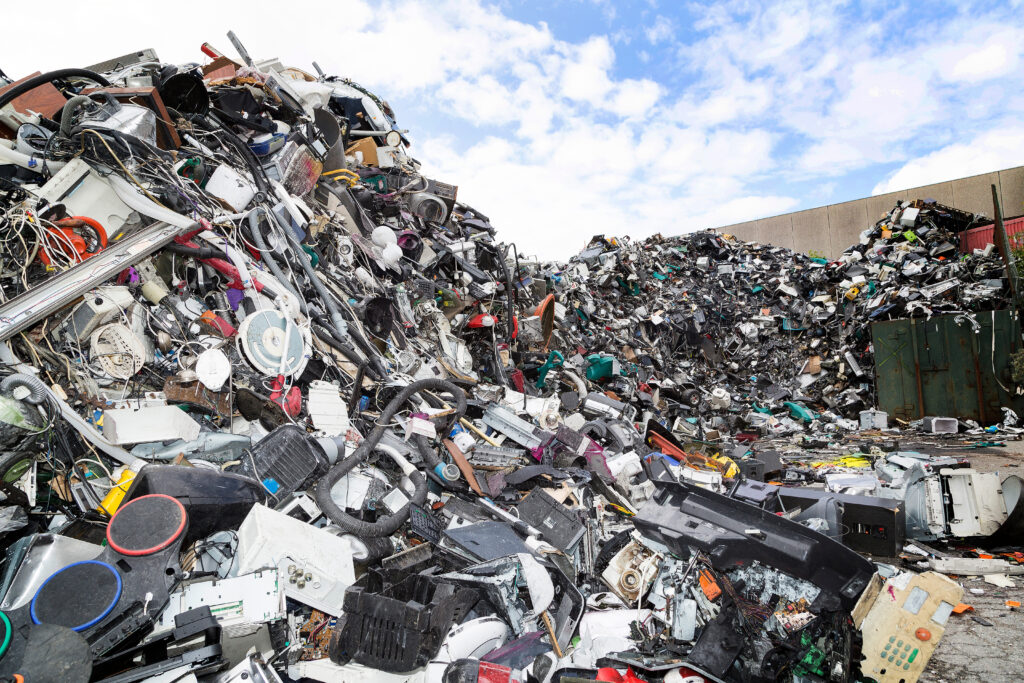The proposed target for 2020 stands at 537,976 tonnes, down from a 550,577 tonne target for 2019.

However, this target still represents a 9% increase in the total amount collected by compliance schemes in 2019.
Earlier this month, it was confirmed that schemes collected a total of 494,976 tonnes of WEEE in 2019, missing the target for the third consecutive year (see letsrecycle.com story).
While this represented a 20,000 tonne jump from 2018, some in the industry have expressed concerns that the proposed targets for 2020 are still not achievable.
Phil Conran is chairman of the AATF Forum, a representative body for the WEEE treatment sector. He told letsrecycle.com yesterday (9 March): “It is difficult to see that 2020 will be substantially different to previous years and we are unlikely to achieve the growth that Defra is hoping will come from the communications campaign, changes in the distributor take-back scheme that won’t happen until 2021 and increased kerbside collections.”

Methodology
Defra says the starting point for setting targets was to undertake a five-year trend forecast to identify the total tonnage for collection of each individual category of WEEE in 2020.

Adjustments were made for where the previous growth trend was judged not to be reflective of current market dynamics or where the forecast was judged to provide for too conservative targets.
Defra says it expects to see the increased collection of small mixed WEEE in 2020 following the launch of the compliance fee funded consumer behaviour campaign, changes to the distributor takeback scheme and an increased availability of kerbside collections.
Europe
Defra’s proposed collection targets were previously based on the collection of the equivalent of 65% of the new products put onto the market over the last three years, taking into account ‘substantiated estimates’ of WEEE which has been recycled outside of the WEEE system, for example by scrap metal recyclers.
The 65% target was set by the European Union and rose from 45% in 2018 (see letsrecycle.com story).
“This year, there is no reference to the EU target at all”
With Britain now having left the EU it is unclear how these targets are to affect the sector in the future.
Nigel Harvey, chair of the WEEE Scheme Forum and chief executive officer of compliance scheme Recolight, told letsrecycle.com: “This year, the proposed WEEE collection targets are fundamentally different. In 2019 the targets were set particularly high to reflect the EU’s 65% target.
“This year, there is no reference to the EU target at all, and even if the proposed 2020 targets are met, the EU’s 65% target would probably be missed. This appears to signal a decision not to be bound by EU targets as we go through the Brexit transition phase.
“That said, many of the proposed targets are probably still unachievably high, even allowing for the forthcoming consumer awareness campaign, and the decision to require retailers to collect WEEE instore.
“So, this year’s proposals are positioned between the EU 65% target (which in any case most EU member states will miss) and a realistic forecast of what could actually arise in 2020.
“It does seem likely that, if implemented, they will result in material compliance fee payments for 2020.”
Compliance fee
Producer compliance schemes who fail to meet their individual targets are required to pay into a compliance fee, used to finance projects to boost the collection of material in future years.
However, the AATF Forum blamed the sector’s failure to meet 2019’s targets largely on the compliance fee mechanism (see letsrecycle.com story).
Mr Conran said: “One of the problems for me is the lack of transparency of the compliance fee system. It would be interesting to see, for instance, if it was always the smaller producer compliance schemes with no designated collection facility collections that were always the ones needing to use the compliance fee.”











Subscribe for free